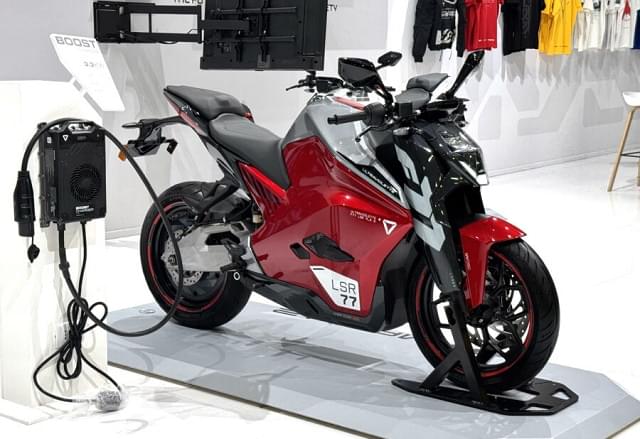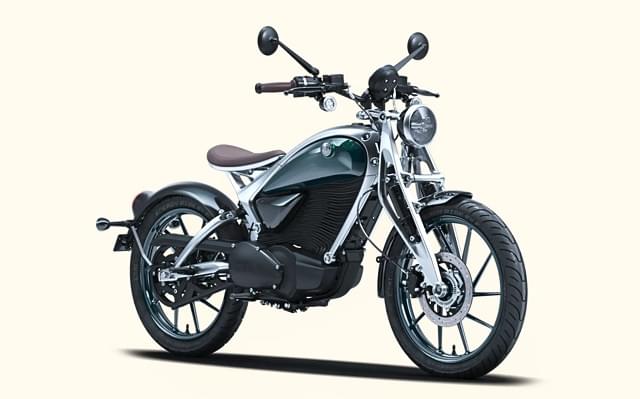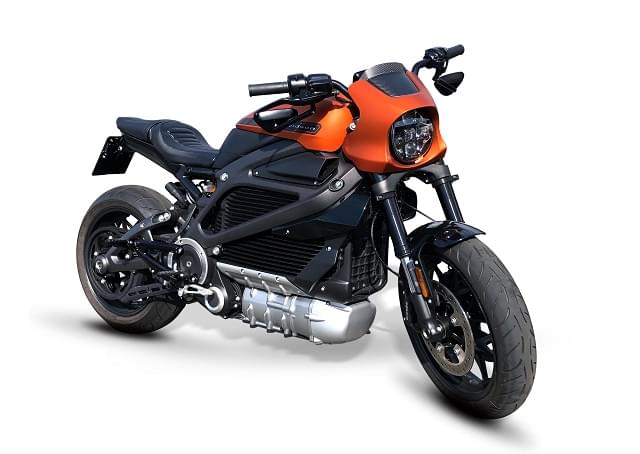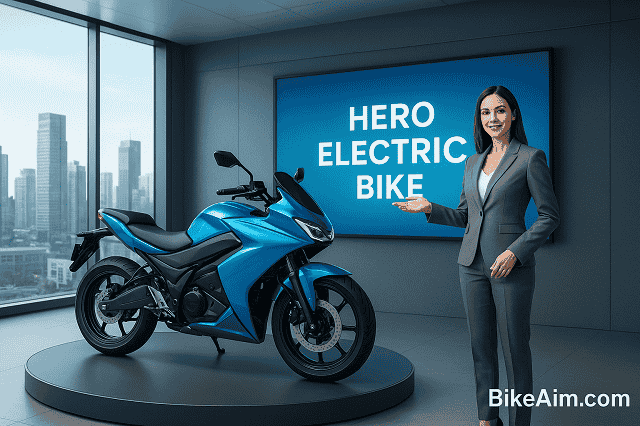Hero Splendor Electric Bike:
The Splendor Electric Bike would not just be another EV — it would be the electrification of an icon. The petrol Splendor has been the backbone of affordable, reliable commuting in India for decades; an electric Splendor could fast-track mass adoption by offering a familiar package with zero tailpipe emissions. However, the much-shared figures — 300 km range and 120 km/h top speed — are largely coming from unverified reports and online chatter rather than a firm company spec. Hero MotoCorp is definitely working on a mass-market electric Splendor, but confirmed timelines and final specs remain limited.
What official sources actually say:
-
Hero MotoCorp has publicly confirmed development efforts on electric two-wheelers and showcased EV direction at events like EICMA 2024 — but did not publish a 300 km/120 km/h Splendor spec sheet.
-
Multiple Indian auto outlets report that an electric Splendor is being developed and may be targeted as a mass-volume EV (reports point to possible launches around the 2026–2027 window in some articles). These are strong signals that the product exists in development, not that its 300 km / 120 km/h claims are final.
How realistic are “300 km” and “120 km/h” claims?
Short answer: plausible on paper, unlikely as a single low-cost commuter package.
Why: A 300 km range requires a large battery pack (comparable to small electric cars or very high-capacity e-bikes). Reaching 120 km/h requires a motor and gearing that increase energy draw significantly — both of these push cost, weight, and thermal-management needs up. For a Splendor-sized commuter aimed at affordability and practicality, manufacturers typically aim for 100–200 km real-world range and top speeds near 80–110 km/h. Many long-range two-wheelers that approach 200–300 km trade off cost or use swappable/very-large battery packs — and they come at higher prices.
Industry take: Hero could plausibly offer multiple variants — a base Splendor Electric with modest range for mass buyers and a “Range+” variant with a bigger pack for longer-distance commuters. That’s how manufacturers balance cost vs. headline specs.
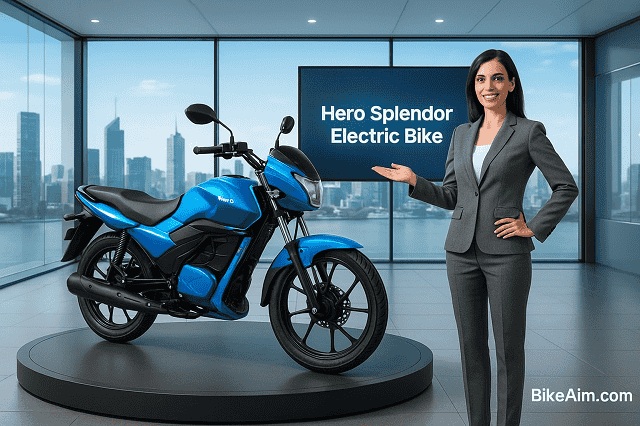
Expected launch window & price signals
Most credible reporting places the Splendor EV effort in Hero’s roadmap for a mass-market electric motorcycle, with analysts and sources pointing to targets in the 2026–2027 period as the company scales EV production. Expect price positioning to be competitive — some speculative listings show a wide range (₹60,000–₹1,20,000 ex-showroom in different articles), but treat those as estimates, not confirmed pricing. Hero’s real pricing strategy will depend on battery size, whether the battery is swappable, and whether government subsidies apply.
Comparison: Claimed 300 km Splendor vs. realistic Splendor EV
📊 Specs comparison (illustrative — based on leaks, industry norms & reporting)
| Item | Headline claim (viral) | Plausible Hero mass-market spec |
|---|---|---|
| Range (single charge) | 300 km | 120–200 km— optional extended pack up to 240 km |
| Top speed | 120 km/h | 80–110 km/h |
| Battery | Very large fixed pack | 4–8 kWh modular |
| Charging | Very fast (45 min) | Fast-charging to 80% in 30–90 mins, depending on pack & charger |
| Expected price (est.) | — | ₹60,000–₹1,20,000 (variant-dependent) |
| Launch timing | — | 2026–2027 (development-stage reports) |
Sources & reporting baseline: Hero MotoCorp roadmap coverage and multiple industry outlets.
What a 300 km Splendor would imply for riders
If Hero somehow ships a true 300 km Splendor at an affordable price, it would:
-
Rewrite commuter economics — far fewer daily charges, broader use for inter-city short hops.
-
Change buying decisions — people who hesitated due to range anxiety could switch from petrol.
-
Stress after-sales & service networks — large battery packs require new maintenance setups and safety protocols.
-
Pressure battery supply chains — Hero would need strong supplier partnerships or in-house cell sourcing.
But trade-offs will exist: cost, added weight, and potentially slower cornering/handling if not engineered carefully.
My view – where Hero is likely to land:
From an EV-product strategy viewpoint, Hero will play to its strengths: volume, cost-competitiveness, and brand trust. That means:
-
Multiple trims — base commuter trim (affordable, 120–150 km), mid trim (150–200 km), and a Range trim (optional large pack or swappable pack).
-
Reasonable top speed — enough for highway use but optimized for energy efficiency (likely ≤110 km/h).
-
Practical features — removable/swappable batteries, ABS, LED lighting, Bluetooth instrument cluster, and efficient regenerative strategies.
This roadmap balances customer expectations with manufacturing realities and will help Hero scale EV adoption without overreaching on a single “headline” spec.
Conclusion:
The journey from the electrifying myth of a 300 km “super Splendor” to the grounded reality of Hero’s Project AEDA reveals a strategy that is both pragmatic and profoundly ambitious. The internet may dream of a commuter bike with superbike performance, but Hero MotoCorp is focused on a far more significant prize: the electrification of the Indian heartland.
The true game-changing potential of the Splendor Electric lies not in its specifications, but in its purpose. It is not designed to be the fastest or the longest-range electric motorcycle on the market. It is being meticulously engineered to be the first electric motorcycle for millions of Indians. Its revolution will be one of scale, leveraging Hero’s unparalleled manufacturing capacity, its vast distribution network that reaches every corner of the country, and its deeply entrenched service infrastructure to make EV ownership accessible, reliable, and trustworthy for the entire nation.

- Subscribe to get more in-depth articles about motorcycle reviews, maintenance tips, and tour itineraries.
- Explore Related Content: Check out our detailed Honda WN7 Electric Bike Just Confirmed – First Look, 130 km Range, Price & Specs. Post for performance-oriented options.
- Join Our Community: Follow us on Facebook, Telegram, Instagram, and WhatsApp for real-time updates and rider meetups.
